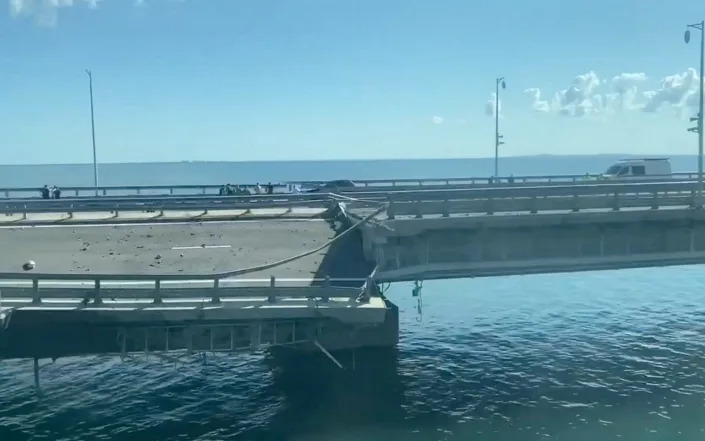Ram Anand and Kok Leong Chan
Mon, July 17, 2023
(Bloomberg) -- The election director of Malaysia’s biggest opposition coalition Perikatan Nasional has been charged with the country’s colonial-era sedition laws, just weeks before he is set to spearhead the alliance in the state elections next month.
Muhammad Sanusi Md Nor was charged on two counts of sedition at a Sessions Court in the state of Selangor over remarks that allegedly could incite disloyalty to the country’s rulers, local media reported Tuesday, citing court charges. He pleaded not guilty and was granted bail.
Sanusi is the latest among a group of PN leaders to face court charges since Prime Minister Anwar Ibrahim took office last November. PN president Muhyiddin Yassin, who is also Malaysia’s former premier, and the alliance’s former information chief Wan Saiful Wan Jan were both charged with graft earlier this year.
To be sure, the development is not expected to cause an immediate setback to Sanusi, as the court proceedings are expected to play out well after the state elections conclude. He also remains eligible to contest in the polls.
“Let the law take it course,” Anwar told reporters after speaking at an event at Sekinchan in Selangor. “The palace lodged the report, the police investigated the case and the Attorney General’s Chambers decided to prosecute. I don’t want to interfere.”
When asked about the Sedition Act, Anwar said “we try not to use sedition as a policy but when it involves the royalty? We have never used sedition when they criticized me as PM. In this case, we have to defend the dignity of the royalty to avoid an unhealthy trend in politics.”
Sanusi allegedly questioned the decision making of both Selangor Sultan Sharafuddin Idris Shah and Malaysia’s King Sultan Abdullah Ahmad Shah in his political speech in Selangor on July 11, according to media reports. He had issued an apology to the Sultan of Selangor last Friday.
Selangor is among the states headed for elections in August, alongside Kedah, Penang, Terengganu, Kelantan and Negeri Sembilan. Sanusi is the caretaker chief minister of the northern Kedah state.




















